Elegran Brooklyn Market Update: June 2022
Overall Brooklyn Market Update: June 2022

Brooklyn Market Update
May wraps up the busy spring season for Brooklyn Real Estate as Memorial Day marks the unofficial start of summer. March, April and May are typically the busiest months as measured by contract activity. May 2022, true to trend, had a relatively high-volume of contracts signed (839), although it is 20% lower than May 2021. Since late April, weekly contract signed volume in 2022 began falling behind those levels in 2021 by double digits on a percentage basis. This is not surprising, given the off-the-charts and unsustainably high contract volume the market experienced last spring. With rising interest rates, some buyers accelerated plans to purchase, driving up demand now, one reason why homes have sold in nearly two months on median which is almost 30% quicker than last spring. Brooklyn has seen steady demand for the last two years, and this summer could present a window of opportunity for buyers in the inventory-starved Brooklyn market.
Prices in Brooklyn, which experienced more rapid and immediate appreciation (compared to Manhattan) at the infancy of the pandemic appear to have hit short-term highs. The median price for resale condo and coops topped last summer and has been slowly trending downwards for much of the last 9–12 months. Meanwhile, the median price for Townhouse has been rising as buyers sought out more space and privacy in the pandemic. Additionally, as developers push deeper into Brooklyn, prices for new development condos are increasing. Developers are building both bigger and more luxurious, both factors contributing to sharp increases for the median price of a new development home in Brooklyn over the last 12-months.
Sellers, with inventory remaining relatively stable and although declining from recent highs, still have strong buyer demand, today presents a compelling opportunity to capitalize on the market’s strengths. While pricing accurately is important, sellers may be afforded a bit of pricing power and flexibility and negotiability remains low, homes sell quickly and the number of listings having to cut prices low and stable.
The Brooklyn market remains hyper-local and specific micro-markets may already be luke-warm or may be red-hot. Whether you are a buyer or seller, It’s important to speak with your real estate advisor to assemble your gameplan.
Brooklyn Supply increased by 3.5% compared to April, bringing the total supply to 2,667 units for sale. In May, 1,135 new listings came to market, 3% less than April and 11% less than last May. Despite the decrease compared to last year, new-to-market supply remains historically very high, which is partly a reflection of the recent building boom in Brooklyn increasing the overall housing stock. Supply currently stands 22% lower than the same time last year.
Note: “Total Supply” refers to the amount of inventory on the market at a given time. “New Supply” or “New-to-Market” refers to the amount of new inventory that came on the market in a specific time period.

Brooklyn Buyer Activity, as measured by signed contracts, decreased 11% compared to April with 839 contracts signed in May. Compared to May 2021, 20% fewer contracts were signed this year.

Brooklyn Market Pulse
Brooklyn’s Market Pulse rose 1% in May to 1.3, which is 37% higher than the same time last year. Brooklyn’s Market Pulse remained elevated, despite the recent decrease in contract activity because supply has remained stable and relatively low through the traditionally busy spring season.
The Market Pulse [a ratio between pending sales and supply] is an indicator of leverage between buyers and sellers. A Market Pulse below 0.4 is considered a buyer’s market, a Market Pulse between 0.4 and 0.6 is considered a neutral market and a Market Pulse above 0.6 is considered a seller’s market.

Pricing & Discounts
The Median Sales Price in Brooklyn decreased 2.6% from last month and increased 1.6% from last year to $940,000. On a price per square foot [PPSF] basis, the median decreased by 6.4% from last month and decreased 4.2% from the previous year, to $957. Meanwhile, the median listing discount increased from 2.8% to 2.9% in May, which is 29% lower than last year.
Prices for resale condo and coops are trending downward, whereas prices are trending upwards for townhouse and new development condos.

What this means for…
Buyers:
- The worst may have passed for buyers, as supply is trending upwards and demand is off recent highs, buyers can expect a slightly less-frenzied market this summer.
- Mortgage rates have stalled after a rapid move higher earlier this spring. An increase in mortgage rates has motivated some on-the-fence buyers to transact sooner.
- It remains vital to work with a trusted mortgage banker or mortgage broker and ensure your pre-approval is up to date.
- Prices for resale condo and coops may have peaked for the near-term, while prices are still rising for townhouse and new development condos.
- Given rising rents and current inflation, buying may make more sense than renting today (with a holding period of 3–5 [or more] years).
Sellers:
- Thinking of listing this fall? The time is now to begin prepping your home to look its best and hit the market shortly after Labor Day.
- The pace of new-to-market listings has now fallen behind the pace in 2021.
- Homes sold quickly and with little discount in May and price cuts for coops and condos remain infrequent.
- Heading into summer, sellers who are still on the market and receiving little buyer interest need to read the market cues and readjust quickly if they are overpriced or mispositioned in the market.
Renters:
- The rental market is competitive as ever entering the traditionally busy summer market.
- Rents are up across apartment sizes and 3+ bedroom apartments seeing the largest percentage price increase.
- Between existing tenants renewing their lease rather than moving, and a steady flow of recent graduates moving to NYC, the rental market is very tight, resulting in rising rents, lines at open houses and often multiple applications per apartment.
Investors:
- Rising interest rates should have a more muted effect in Brooklyn, as Brooklyn is less leveraged than most of America, enabling the NYC market to withstand the pressures of ascending interest rates better than many other national markets.
- Leveraged investors, who have a lower interest rate locked in, stand to benefit from the inflationary pressures and rising rental rates. Those investors should continue to hold and experience rising cap rates in the years to come.
Please contact us if you would like to learn more …
Categories
Recent Posts

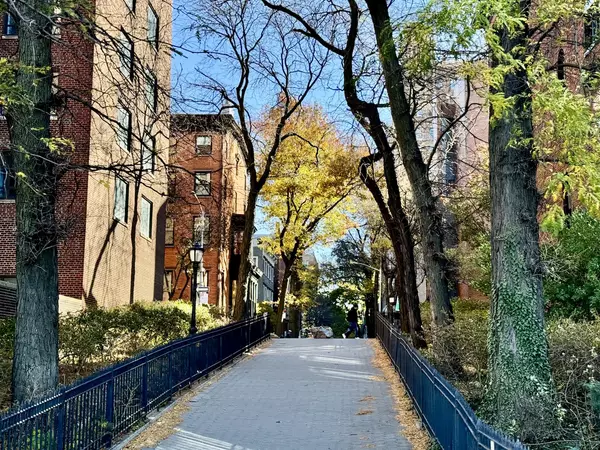

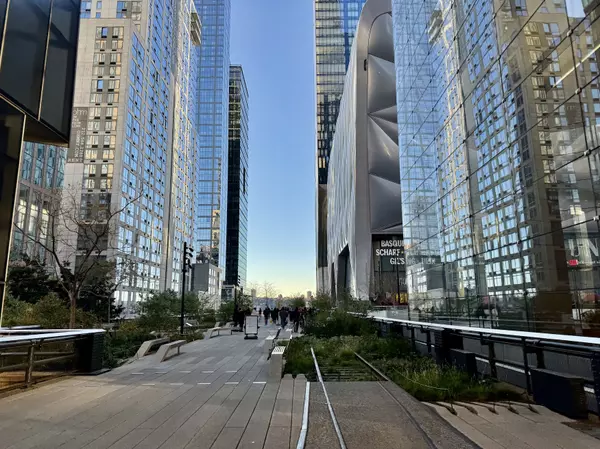
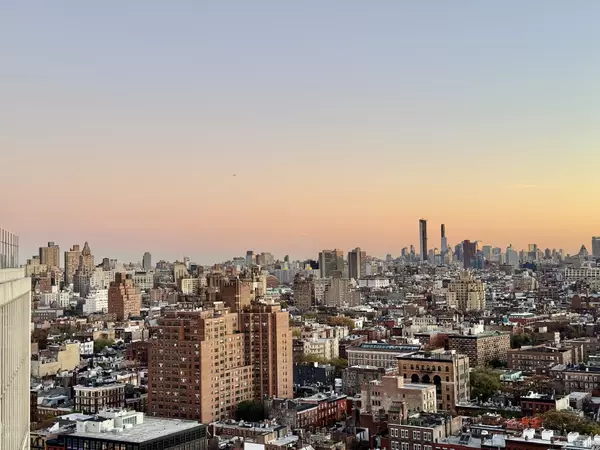
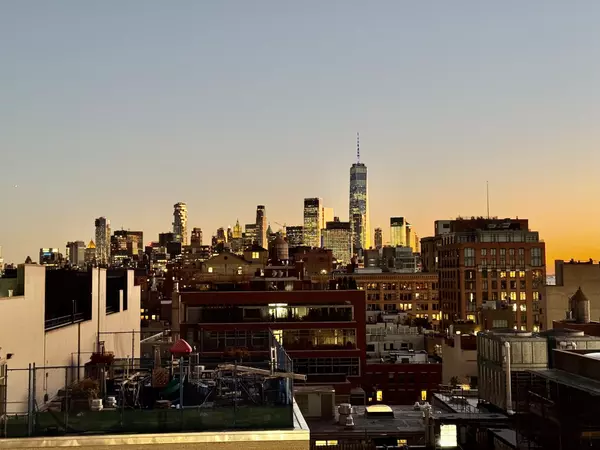
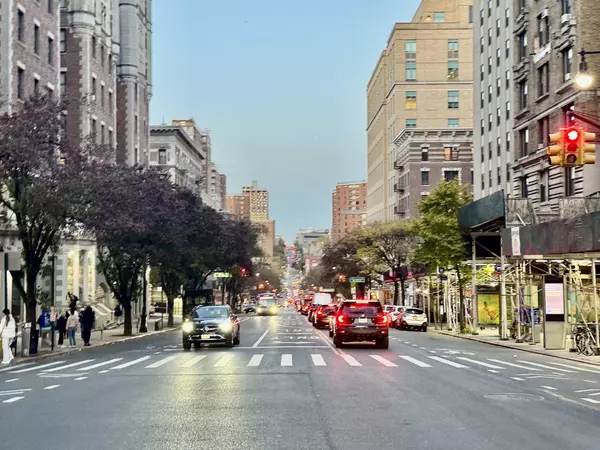



Stay in the Know!
Sign up to receive our monthly newsletter
GET MORE INFORMATION



